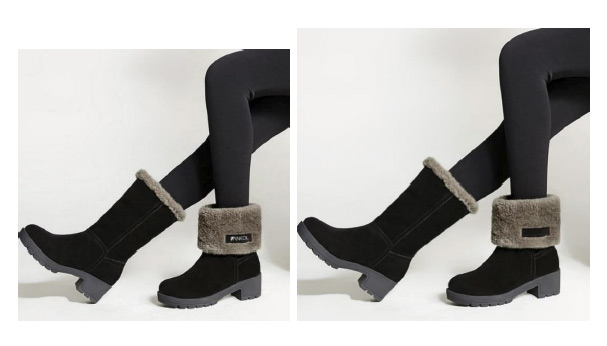Chinese officials did not take well President Donald Trump’s tweet about the “Chinese virus.”
While the virus’s original host is Chinese bats and not people, it was first observed in Wuhan, China, where patient zero contracted the Coronavirus.
Now that the Chinese virus has an official name, Covid19, we use that as opposed to the Wuhan virus or Coronavirus from China.
But the real Chinese virus is the influx of trademark applications hitting the United States Patent and Trademark Office from China.
For a few years now, Chinese trademark applications at the USPTO are using fake specimens of use. Trademark law in the US requires that a mark that claims use, must appear on an item such as merchandise, as specimen of use in interstate commerce.
These samples can be clothes, for example, bearing the mark; but the Chinese have perfected the art of using digital images of the mark, superimposed on stock photography.
Just how bad is this phenomenon of fake trademark specimens?

Fake specimens of use being provided by Chinese trademark applicants.
A study published today by Barton Beebe and Jeanne C. Fromer, Professors of Law at the New York University School of Law, describes the issue’s magnitude:
“In particular, with respect to use-based applications originating in China that were filed at the U.S. Patent and Trademark Office (PTO) in 2017 solely for apparel goods, we estimate that 66.9% of such applications included fraudulent specimens. Yet 59.8% of these fraudulent applications proceeded to publication and then 38.9% proceeded to registration. If these applications are representative of the overall population of Chinese-origin applications in that year, then approximately 14.0% of the total use-based applications filed in 2017 were fraudulent.”
Why is this virus-like invasion of Chinese trademark hoarding dangerous?
According to the study:
“Fraudulent registrations worsen the problems of trademark depletion and clutter, undermine the integrity of the trademark register, and hurt legitimate businesses that would like to use these marks. We therefore recommend legislative action to make it easier for third parties and the PTO to cull these marks from the register and systematic improvement by the PTO to ensure that applications with fraudulent specimens are not registered in the first instance.”
Download the 38-page study titled “Fake Trademark Specimens: An Empirical Study.”










